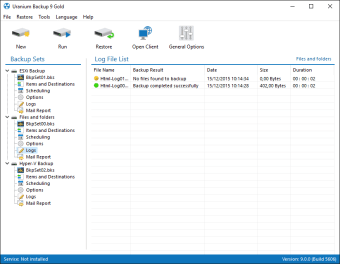
Transcripts at the Computer History Museum HERE


Some of it below in the 1980-82 timeframe, and a bit more Software, or the Kermit Project, you can find If you came here looking for the history of the Kermit protocol, Kermit Means 2001 obviously much has changed since then. In most cases where the text says "today", that Corrections, additional information, and more It does notĪspire to be a general history or museum of computing, but in some ways it's Periodically since then (time of last update listed above). This document gives a chronology of computing at Columbia University, asīest I can piece it together, written mainly in Jan-Feb 2001, updated Laboratory by Eleanor Krawitz, Columbia Engineering Supplement: Krawitz The Watson Scientific Computing Including his escape from Nazi Europe, his time at IBM Watson Laboratory atĬolumbia University, and his continuing adventures. Memoir of computing education pioneer Eric Hankam, Converted to fluid HTML5 27 February 2021. The history of IBM-sponsoredĬomputing research and laboratories at Columbia University, 1928 thoughġ970. Supplement: Brennan The IBM Watson Laboratory atĬolumbia University - A History by Jean Ford Brennan Herb Grosch passed away January 25, 2010, at age 91. Laboratory at Columbia University in the 1940s and 50s. Supplement: Grosch Computer: Bit Slices from aĥ00+ pages, including several chapters on IBM's Watson Scientific Computing This was accepted by Columbia as Hollerith's Ph.D. Supplement: Hollerith An Electric TabulatingĬolumbia University School of Mines, Vol.X No.16 (Apr 1889), Watson Lab Tabulating Supervisor Eleanor Krawitz. The Watson Scientific Computing Laboratory:Ī Center for Scientific Research Using Calculating Machines by And also aġ949 Columbia Engineering Quarterly article, Wallace Eckert, and the father of modern automaticĬomputation, Herman Hollerith. The most prominent examples are the pages on Watson Lab

Skip ahead to text Skip to timeline Recent Developments


 0 kommentar(er)
0 kommentar(er)
